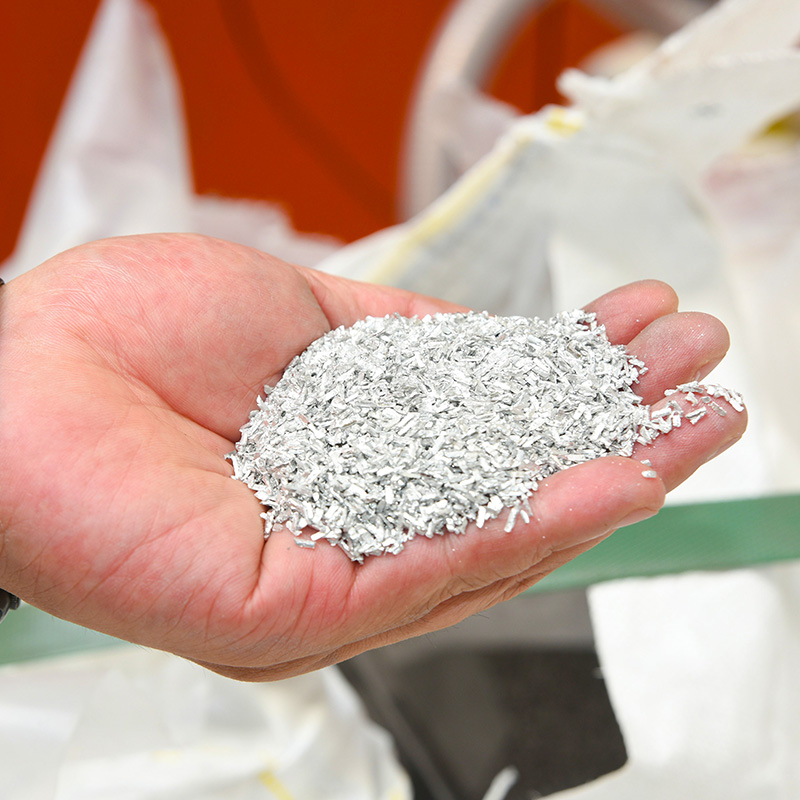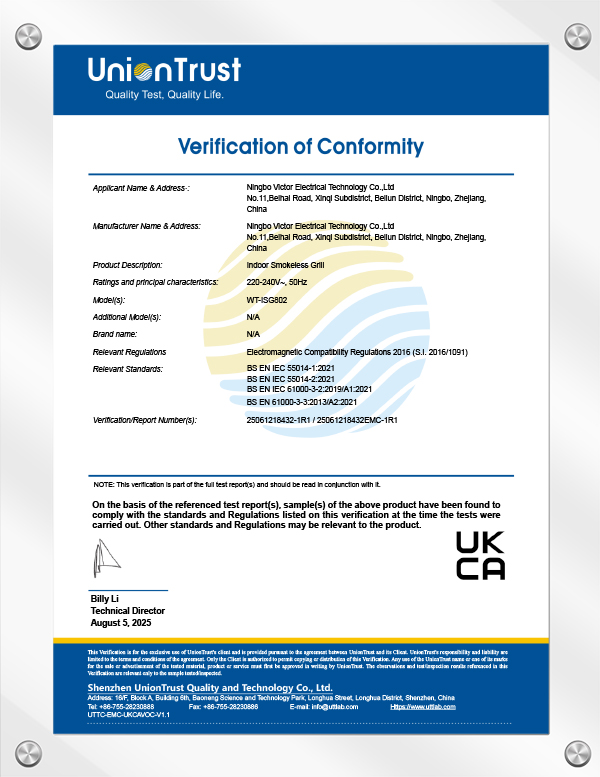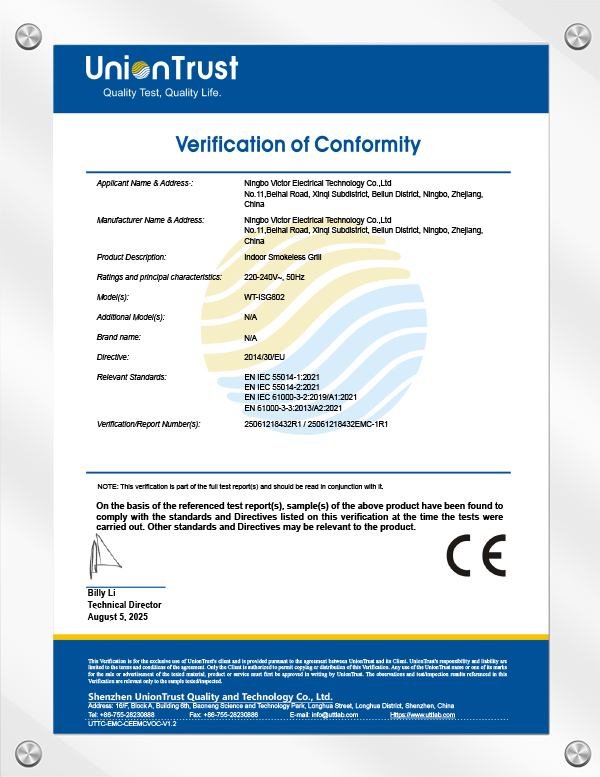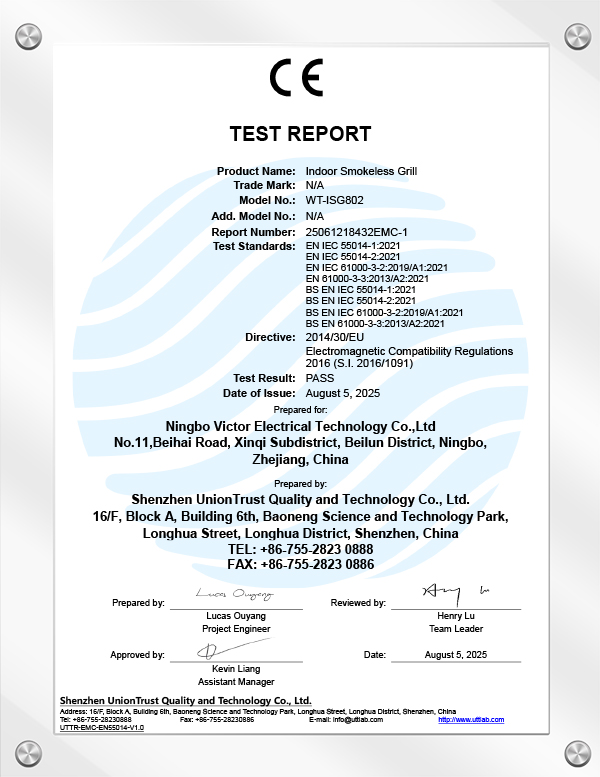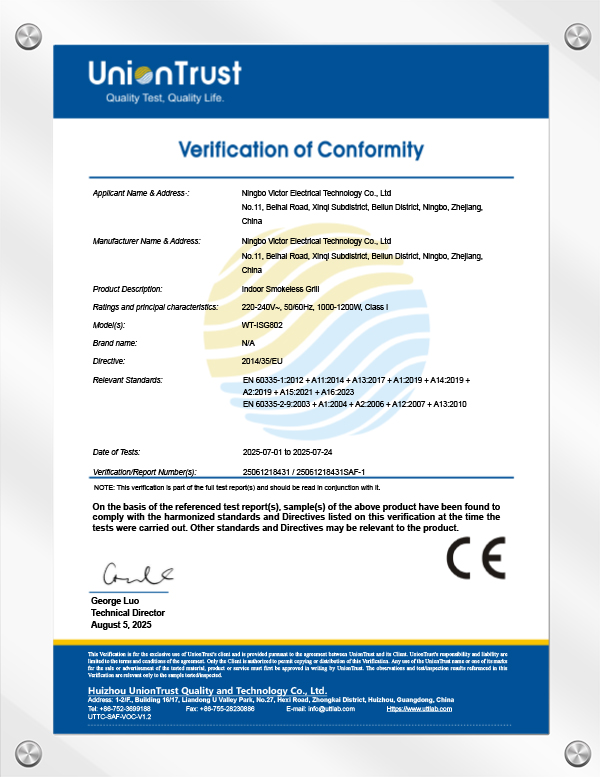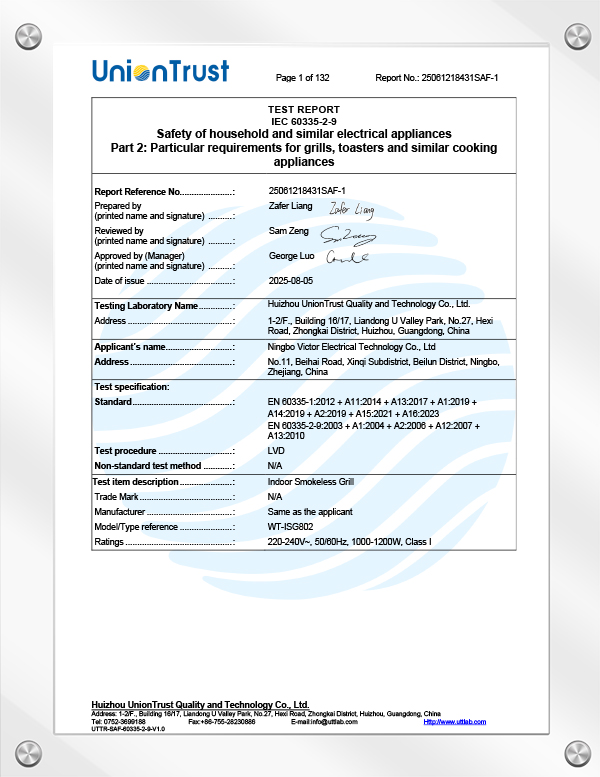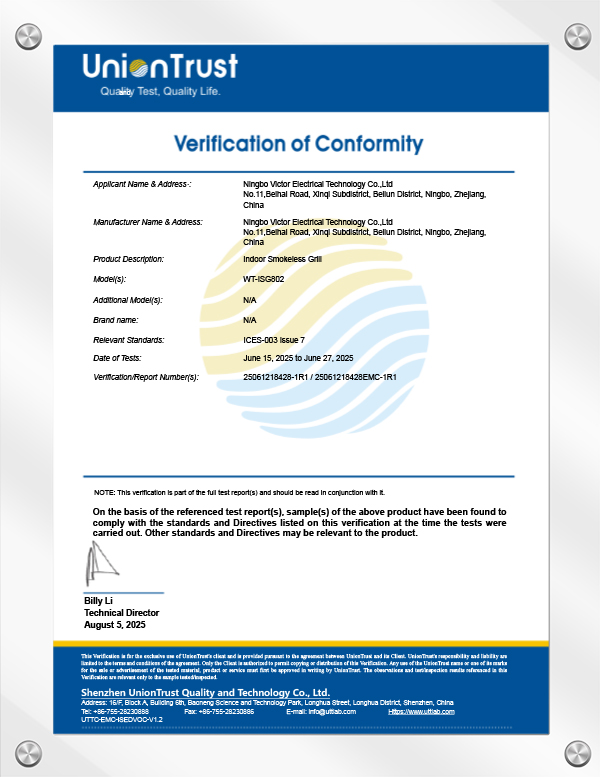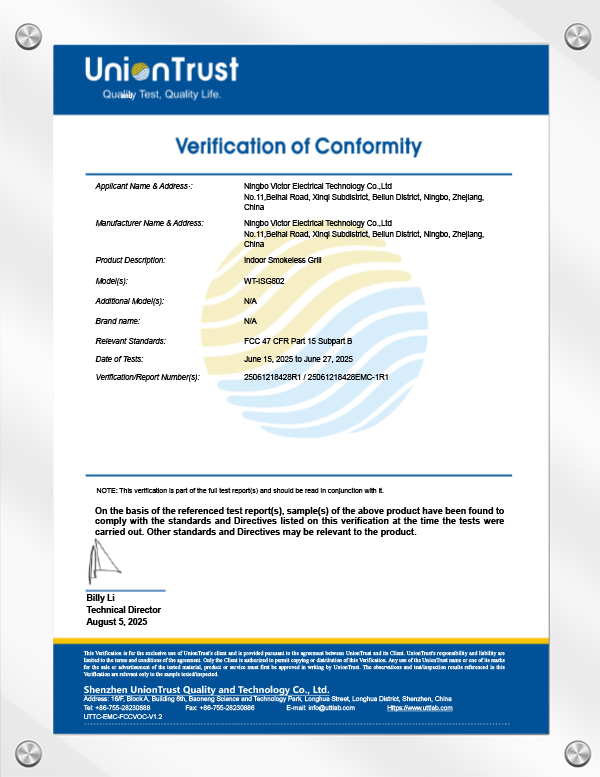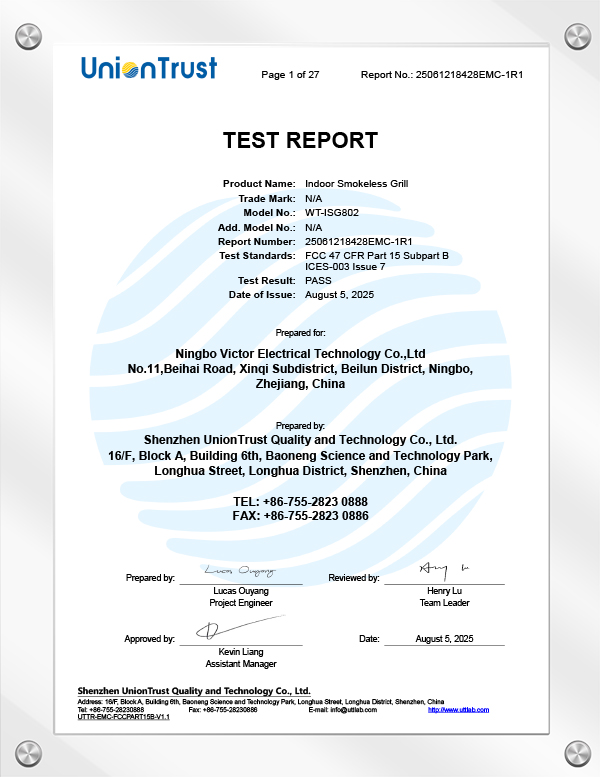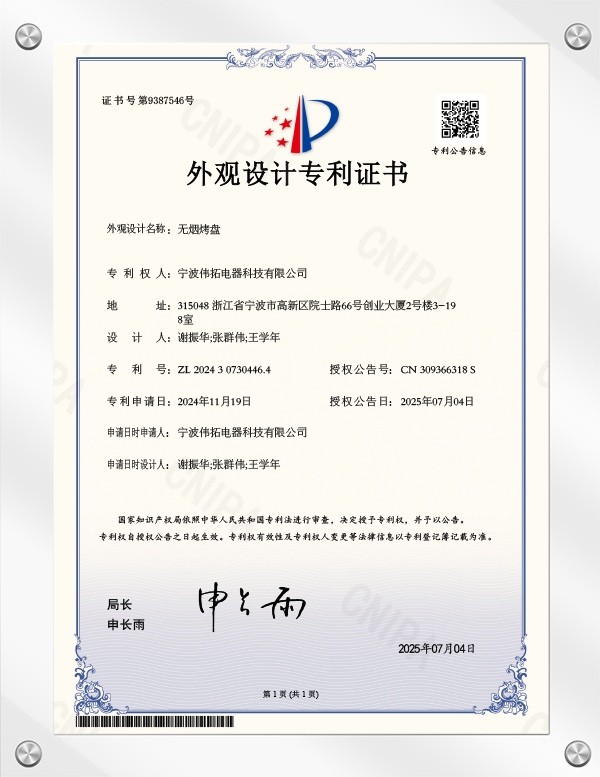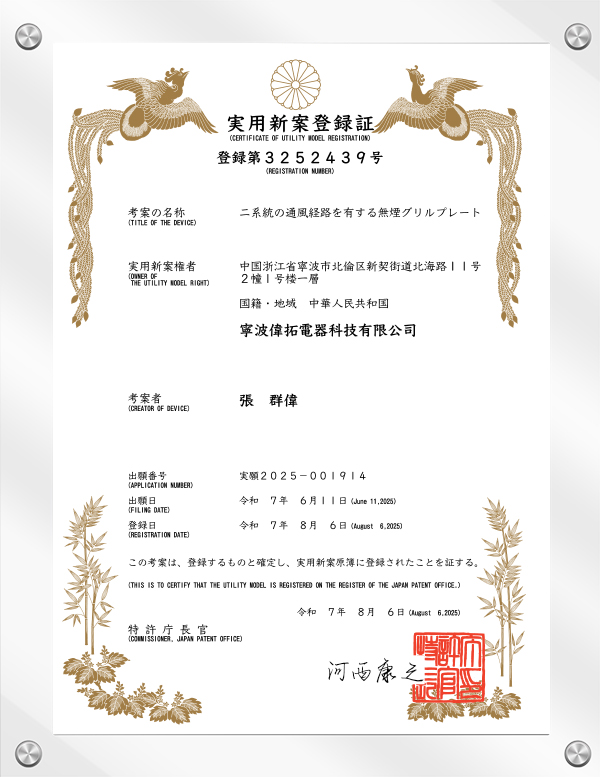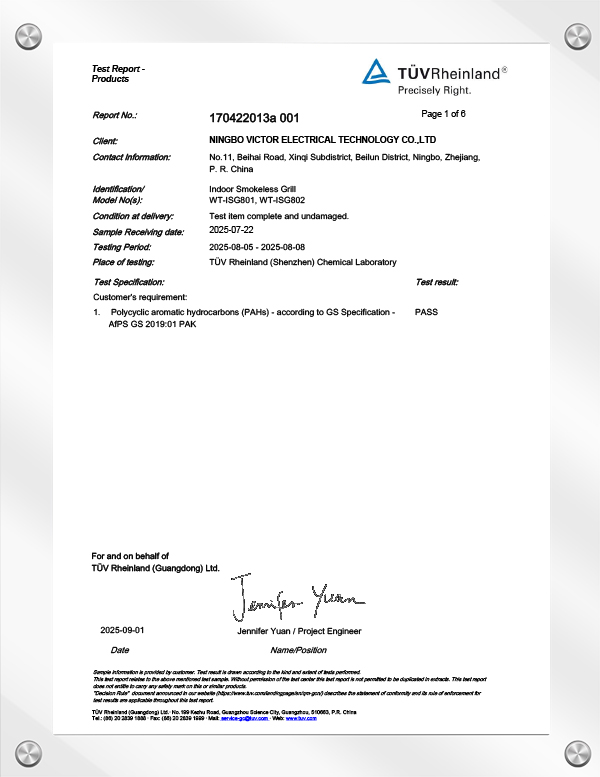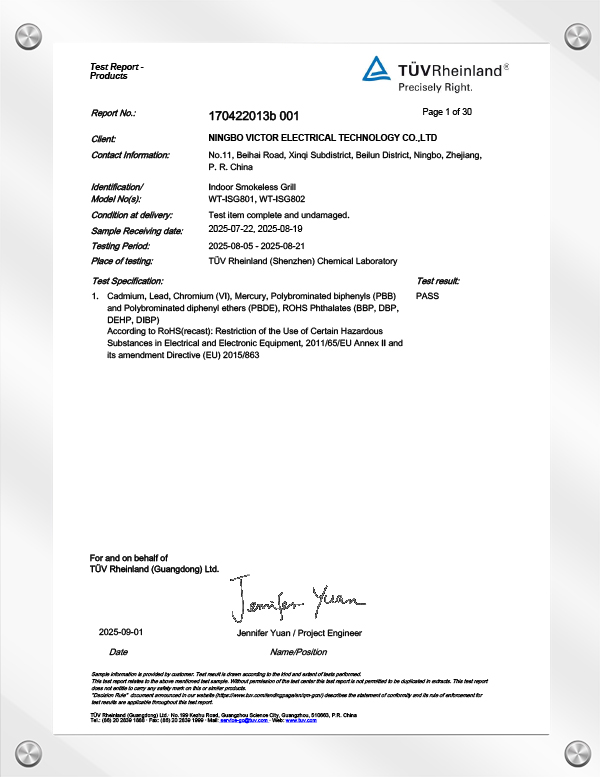What are Victor's core technological innovations in Magnesium-Aluminum Alloy Mold Processing?
1. Dual-Circulation Cooling Channel Design for Precise Temperature Control
The dual-circulation cooling channel maintains mold temperature fluctuations within a ±3°C range, ensuring consistent temperatures for molten magnesium and aluminum.
This technology significantly reduces the risk of cracking caused by thermal shock, providing reliable temperature assurance for high-quality Magnesium-Aluminum Alloy Mold Processing.
2. Special Steel Matrix + Composite Nitriding Process Completely Eliminates High-Temperature Corrosion
The magnesium alloy mold utilizes an HDS-5M special steel matrix, combined with a composite nitriding treatment to form a dense, corrosion-resistant layer.
This process extends mold life to 120,000 cycles, double the industry average, significantly reducing replacement costs.
3. Nano-Grained AlCrN+TiSiN Coating Improves Thermal Fatigue Resistance of Aluminum Alloy Molds
The aluminum alloy mold surface is coated with a nano-sized AlCrN+TiSiN coating with a hardness of HRC85, increasing thermal fatigue resistance by 300%. This ensures a mold lifespan of 180,000 cycles, maintaining high efficiency and stability during long production cycles.
4. Environmentally friendly and low-carbon process
The entire process boasts a carbon footprint of less than 8kg CO₂e/mold (verified by ISO14064), and achieves a 99% aluminum chip recovery rate.
This demonstrates Victor's unwavering commitment to sustainable manufacturing.
How does Victor's ultra-precision manufacturing capabilities meet the industry's high-end demands?
1. Five-axis high-speed milling achieves submillimeter positioning accuracy
Positioning accuracy for aluminum alloy molds is ±0.01mm, and for magnesium alloy molds is ±0.015mm, meeting the machining requirements of high-precision parts in aviation, automotive, and other industries.
2. Micro-tilt demolding technology pushes the limits of thin-wall forming
The magnesium alloy mold uses a 0.3° micro-tilt demolding angle, while the aluminum alloy mold uses a 0.5° micro-tilt demolding angle, significantly reducing the risk of sticking in thin-walled parts and improving forming success. 3. Ultra-low surface roughness, meeting mirror polishing requirements
Aluminum alloy molds have a surface roughness of Ra0.03µm, and magnesium alloy molds have a surface roughness of Ra0.05µm, ensuring a mirror-like appearance and suitable for high-end applications such as consumer electronics housings.
4. Intelligent Sensing and AI Predictive Maintenance
Embedded sensors monitor key parameters such as temperature, pressure, and wear in real time. AI predictive maintenance has an accuracy rate of over 95%, reducing downtime by 30%.
Full-cycle tracking of 100,000 mold usage data enables refined management and continuous improvement.




 中文简体
中文简体 English
English 한국어
한국어 日本語
日本語 русский
русский Español
Español عربى
عربى
